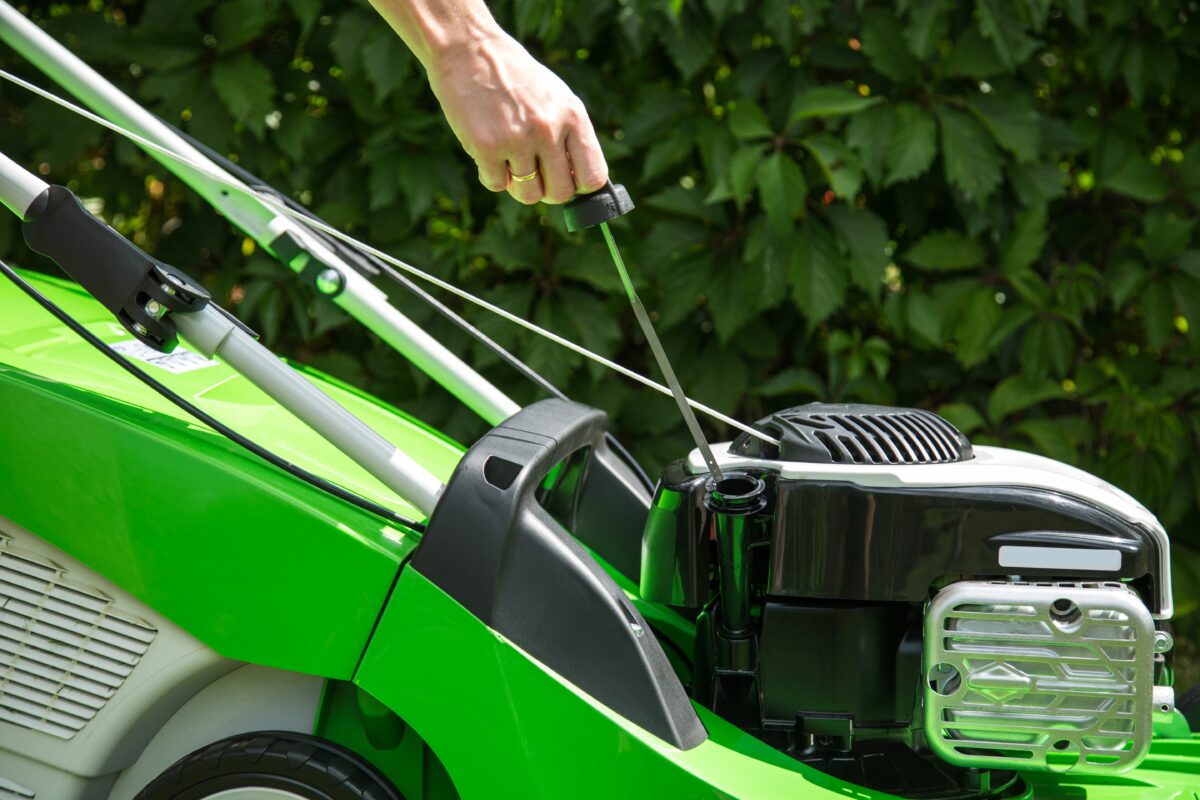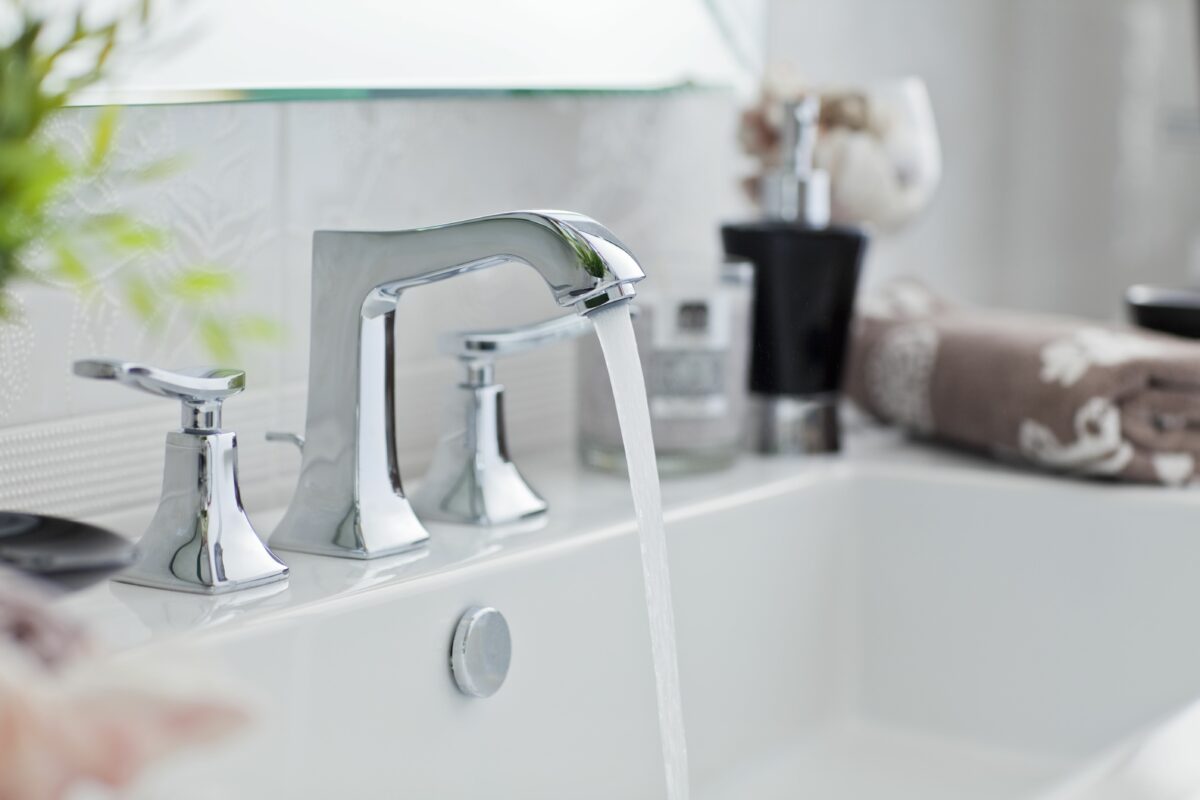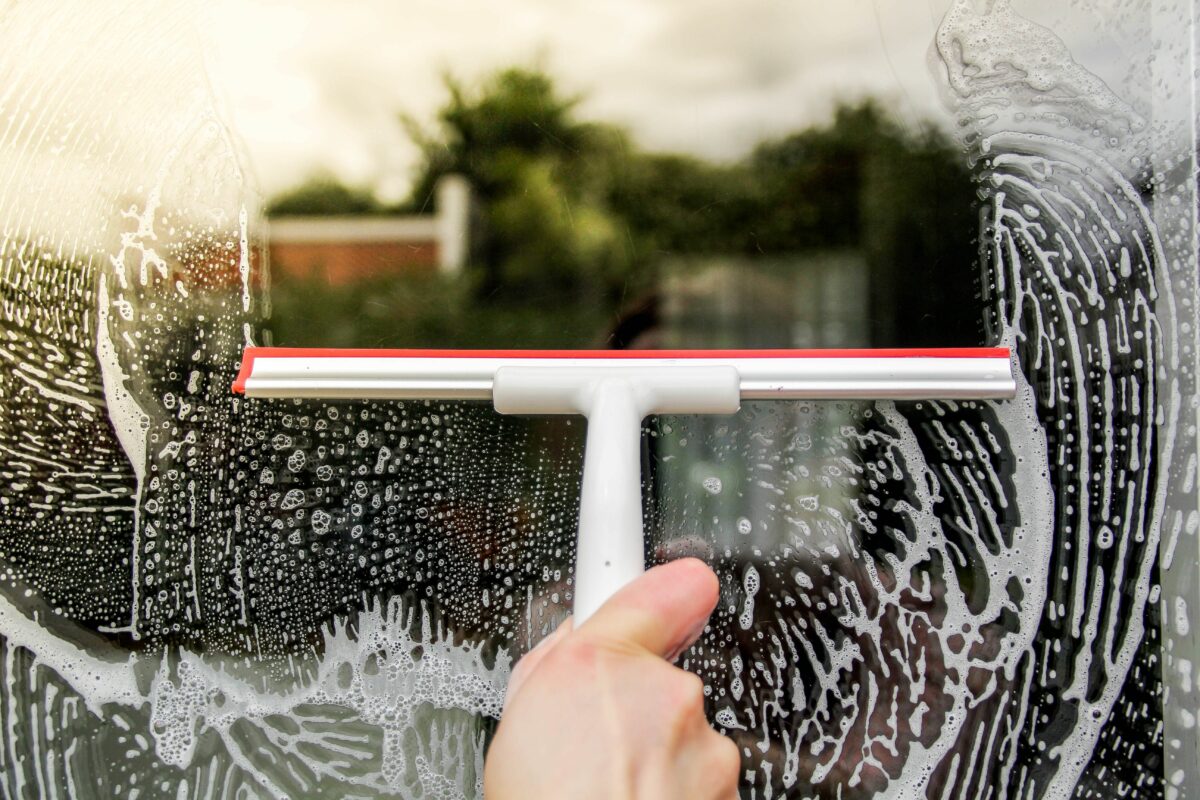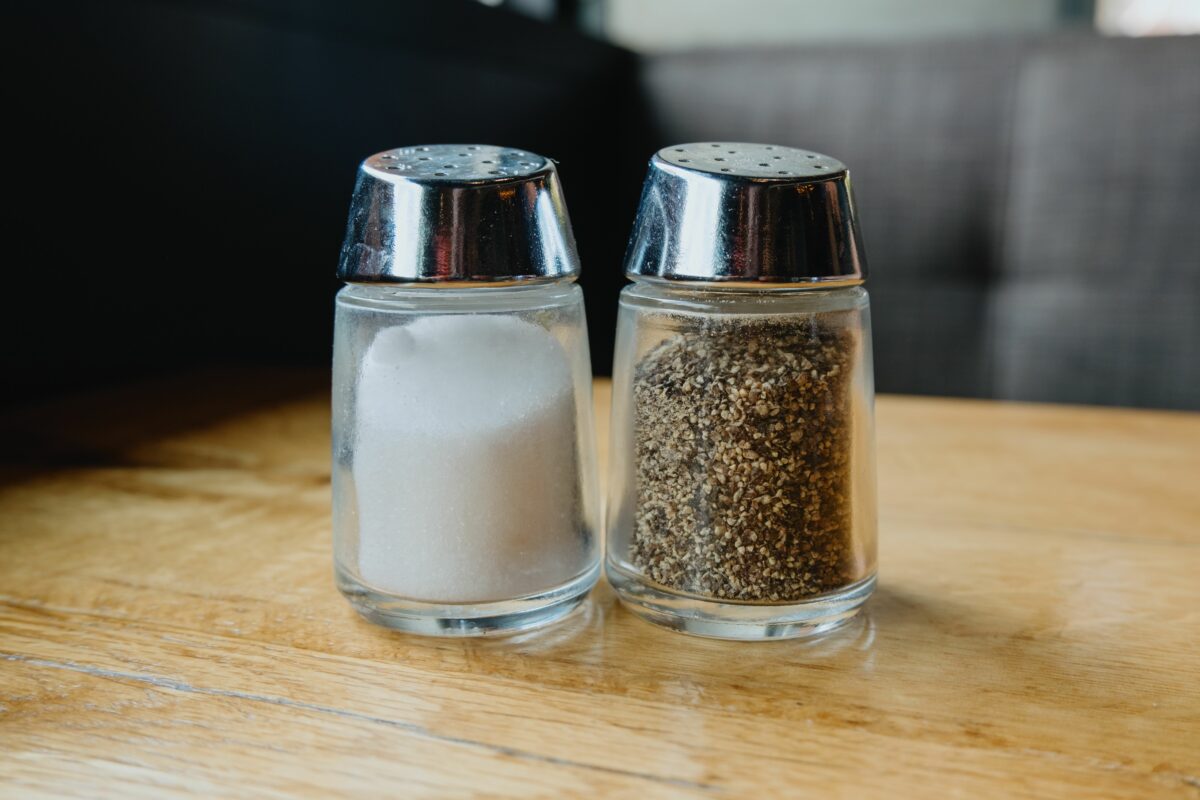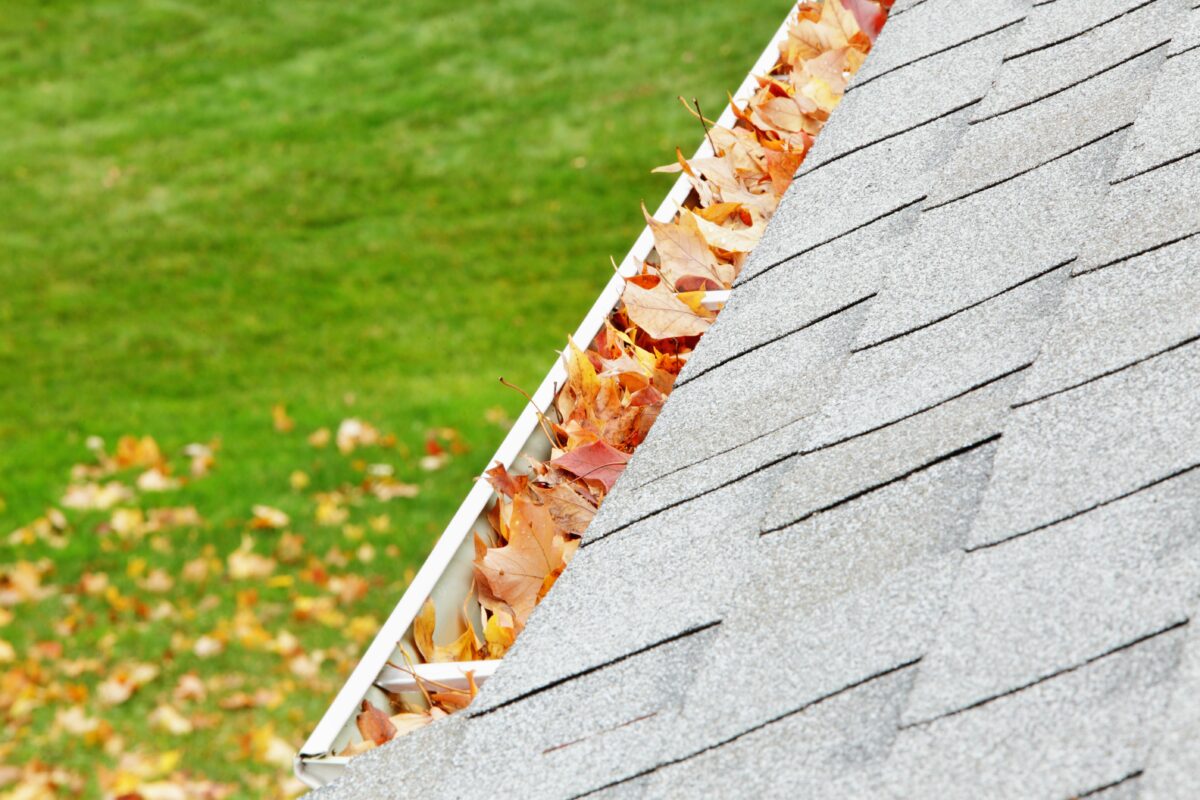You don’t have to clean a lawn mower after every use, but doing so may add several years to its life. Even cleaning your mower occasionally can help it perform better and protect its numerous components from corrosion, rust, and premature wear and tear.
Here, we explain the benefits of cleaning a lawn mower, how to clean it after use, and which components deserve the most attention when you clean.
Benefits of Cleaning Your Lawn Mower
Even the best lawn mower eventually wears out, but keeping it clean can make all the difference. We get it—after mowing the yard, the last thing you want to do is clean your mower. However, you might benefit from taking the time.
It’s much quicker and easier to clean your mower regularly than to do a deep clean infrequently. Regular light cleanings have notable benefits over infrequent deep cleanings, including rust prevention, clog prevention, and engine wear prevention.
Rust Prevention
It doesn’t matter if you stay on top of oil changes, swap your air filter regularly, and grease your fittings at the scheduled intervals; once rust starts to eat away at your mower, it can compromise the entire thing in no time.
Removing grass clippings after you mow is the key to preventing rust on your mower. Grass clippings, which are often wet from the start, harbor moisture. The moisture can quickly cause rust on vulnerable components like the deck, frame, and other metal parts, even if you park your mower in a dry garage.
In addition to moisture, grass clippings can be acidic, which accelerates the damage caused to metal components, and any chemicals applied to the grass can leach onto the paint and metal.
Clog Prevention
The buildup of grass clippings can cause more than rust. Clogs can form in crucial areas of the mower, such as the blade belt, the blades themselves, and the grass catcher if your mower has one.
Engine Wear
Grass clippings and other debris buildup aren’t limited to the mower’s exterior. They can eventually make their way into the engine compartment, causing corrosion and heat buildup, which leads to premature engine wear and tear. Additionally, the engine’s heat, mixed with the high combustibility of grass and leaf debris, can pose a fire risk.
How to Clean a Lawn Mower
You don’t have to deep-clean your mower every time. In fact, it’s better not to. Here’s how to thoroughly clean your mower:
- Blow off grass clippings and debris. If you’re mowing the lawn, you likely already have your leaf blower readily available, so grab it and fire it up. Blow all the grass debris off the deck and around the belt and pulleys.
- Wash the underside of the deck. Nowadays, most lawn mowers have a threaded fitting for attaching a hose directly to the deck. Locate yours and screw the hose in place. Turn the water on, climb on your mower, and turn it on as well. Engage the blade and monitor the grass clippings flowing out with the water. When no more grass clippings are exiting the grass chute, disengage the blade, turn off the mower, and remove the hose. If you don’t have a hose port on your deck, spray the deck using a hose with a spray nozzle. Be careful not to spray the engine.
- Blow off the mower a second time. Grab your leaf blower again or an air compressor with an air gun. Blow off as much water from the mower as possible, including the water beneath the deck. You’ll likely blow off more grass clippings and debris in the process.
- Dry the mower. If any water remains after blowing off the mower, let it air-dry before pulling it into the garage or shed. Wipe up any pooling water with a rag.
You don’t have to thoroughly clean your mower after each use, but you should blow off the grass clippings at a minimum.
Tips for Keeping Your Lawn Mower Clean
- Mow later. Mowing at midday or later rather than in the morning gives the grass time to dry out, minimizing the mess made by the grass clippings.
- Mow more frequently. Not only will your grass benefit from a more frequent trim, but so will your lawn mower. Long grass tends to make a mess on the lawn and the mower, so cutting the grass more frequently significantly reduces the mess.
- Add a deck-cleaning hose fitting. If your lawn mower doesn’t have a hose port, you can buy an add-on kit and install it yourself. It makes cleaning the underside of your deck much quicker and more effective.
- Deep clean the mower once or twice a season. While regular light cleanings are the key to adding life to your lawn mower, a couple of deep cleanings ensure you don’t miss debris buildup in tight areas. Check the spaces behind each wheel, around each belt and pulley, and throughout the engine and drive components to ensure you remove debris. Once clean and dry, grease all fittings with the appropriate grease.
- Change the air filter. One of the dirtiest places in your lawn mower may be one you’ve never seen. The air filter is hidden behind a plastic cover, but it keeps dirt, dust, and larger debris out of your engine. Take the air filter out regularly and shake out the excess dust. When necessary, replace the air filter.









